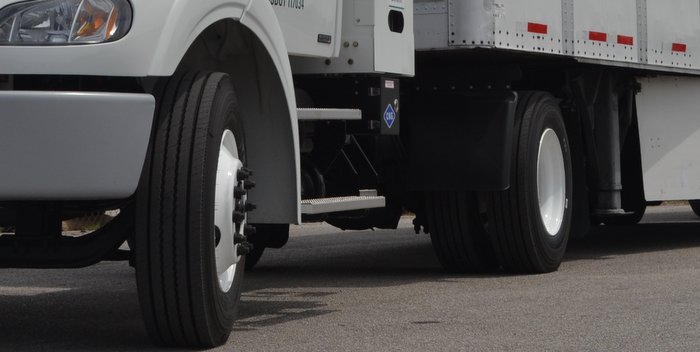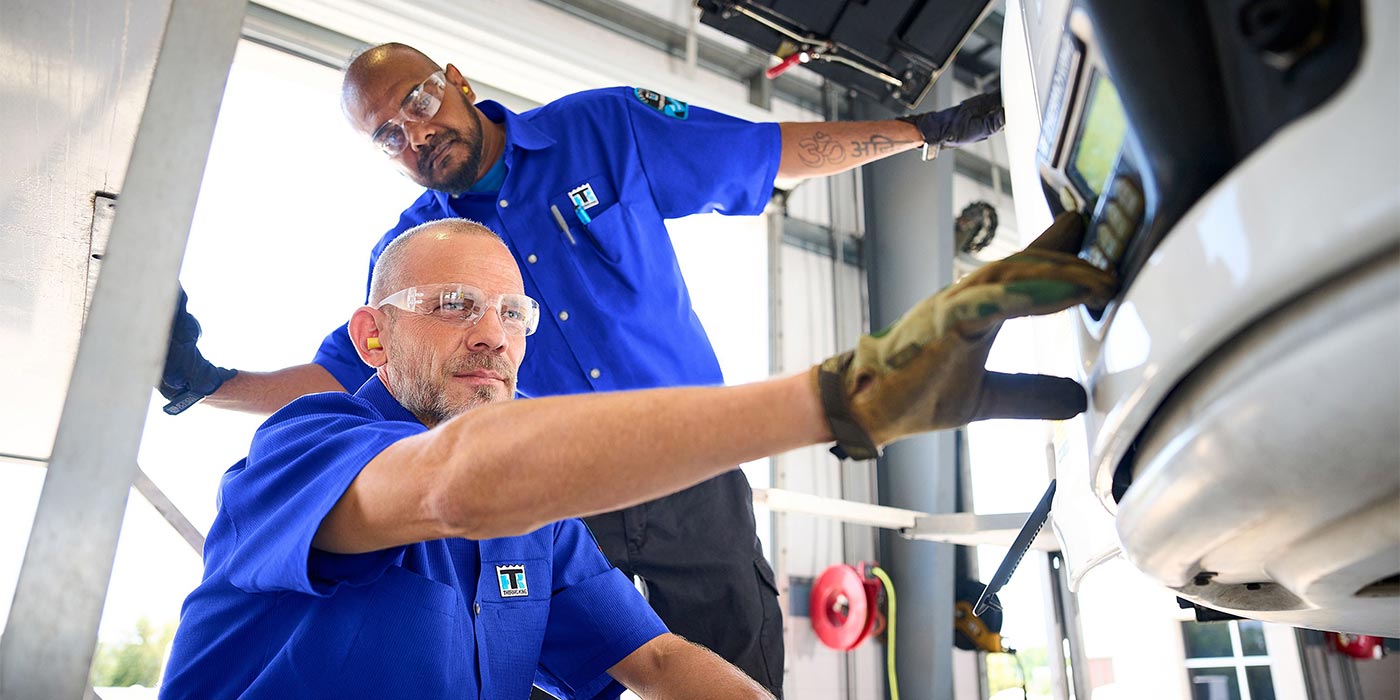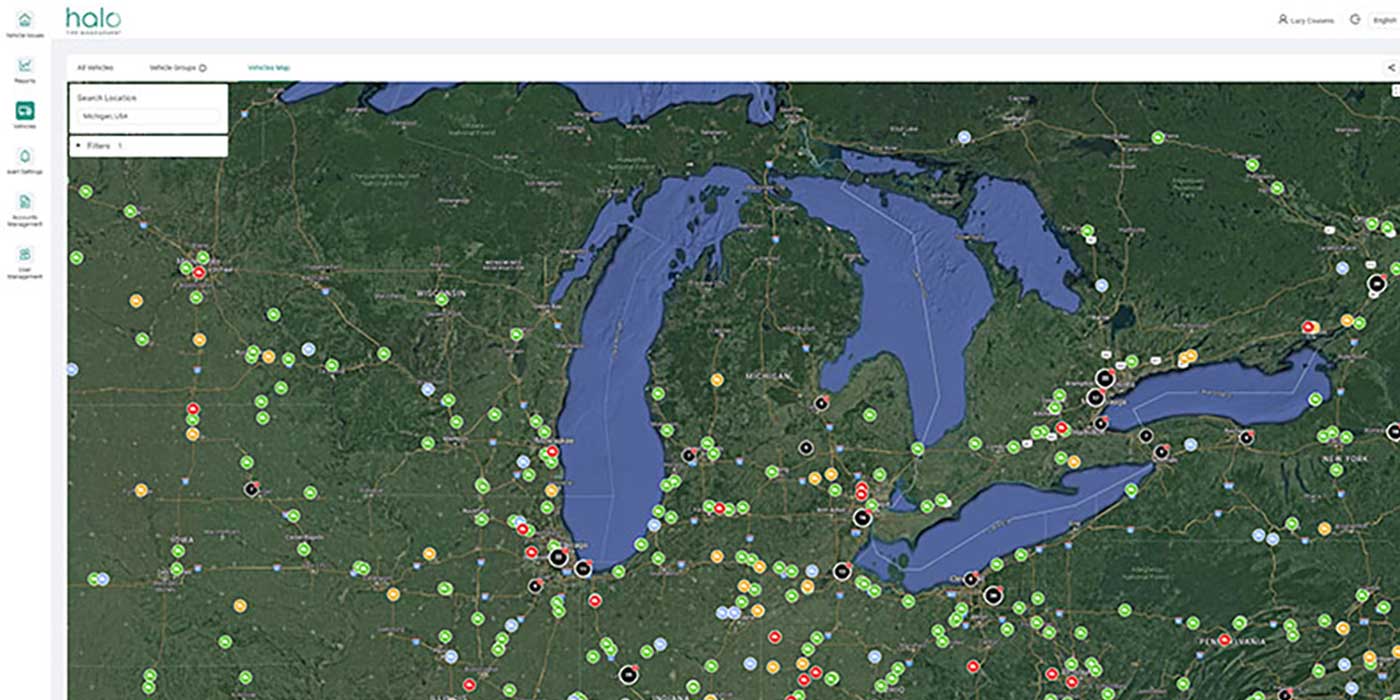It’s gratifying to see how rapidly compressed natural gas (CNG) and liquid natural gas (LNG) are being incorporated into both power generation and transportation. For several reasons, biofuels have not been able to keep pace.
Gaseous fuels usage is increasing in spite of the fact that we still have no reasonable national energy policy. The Federal government seems to want to focus its resources on: 1) stalling the Keystone XL pipeline; 2) methane reduction schemes; 3) solar; and 4) wind power. I believe these are more political than technical solutions for our country’s energy needs, but natural gas just keeps chugging along.
Early adopters such as Frito-Lay, UPS and Wal-Mart have already learned much about the use of gaseous fuels. In fact, 1/6 of Frito-Lay’s entire fleet (220 of 1,200 power units) is now using CNG. However, I’ll bet the current champ is Waste Management.
Waste Management has the perfect application for gaseous fuels in at least two ways. Their extreme stop-and-go operating cycle favors CNG/LNG over diesel for both emissions reduction and operating costs. In addition, their close proximity to municipal landfills makes them a viable candidate for renewable gaseous fuels generated from decomposing municipal solid waste (MSW).
Waste Management is currently constructing its third gas-to-natural gas treatment facility at the Milam Landfill near Fairmont City, Ill. This facility is projected to process 3,500 standard cu. ft. per minute of landfill gas and inject that gas into Ameren Illinois’ pipeline to fuel CNG-powered trucks.
Treatment is complicated, because untreated landfill gas is extremely corrosive. When people first began utilizing landfill gas to fuel large stationary gas engines, I received an urgent call from a component supplier that wanted me to analyze several rod bearings it retrieved from a failed natural gas engine operated on landfill gas. I had never seen such a corrosive attack on bearing materials. The corrosion caused craters in the bearings, which extended all the way to the steel backing plates. The moral here is don’t ever try to utilize untreated landfill gas as fuel.
Waste Management has spent 27 years understanding and treating landfill gases, so by now they’ve solved most of the technical problems. I’ll bet that more than half of its fleet will soon be converted to use natural gas fuels.
The only entity I know that is converting to gaseous fuels faster is China. A Westport partnership with China, Weichai Westport, shipped a total of 38,138 10- and 12-liter gaseous-fueled engines to China in 2013 and 22,025 CNG engines in 2012. The Chinese Westport business is now much larger than the North American business since the Chinese know they have some serious emissions issues to solve in their cities.
With our government’s inability to focus on gaseous fuels, several states are now pressing the use of gaseous fuels. Colorado recently voted to provide tax credits of up to $20,000 for fleets purchasing gaseous, fueled vehicles.
Florida enacted a bill providing up to $250,000 in rebates. The state will delay taxing gaseous fuels until 2018. Oklahoma charges gaseous fuel users only 5 cents per gallon tax instead of their 13 cents per gallon tax on diesel. Georgia allows $2,500 in tax credits to CNG/LNG truck purchasers, and California is offering rebates of up to $32,000 on new heavy-duty trucks fueled with natural gas. The biggest gun is Texas, which last year gave out $26 million dollars in rebates to fleets that purchased natural gas-fueled power units.
So, in spite of all the rhetoric about fracking and how gaseous fuels extraction poisons our drinking water, other viewpoints prevail. The object here is to assure sufficient U.S. controlled energy for our future needs, not to do everything possible to destroy Big Oil.














